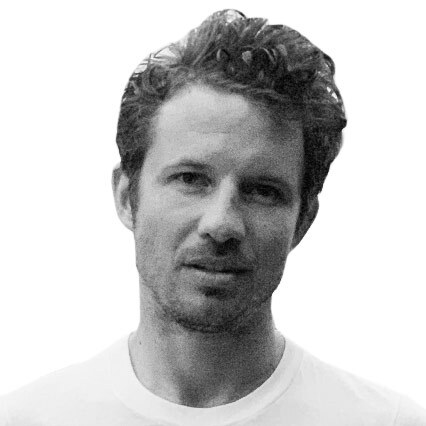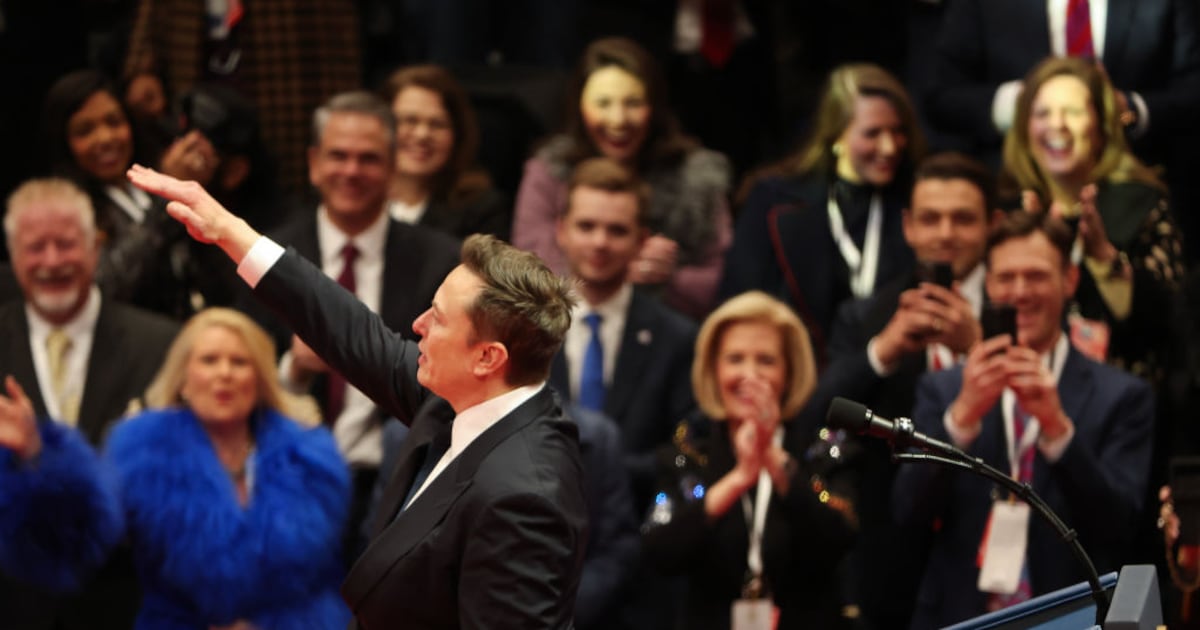Donald Trump has now been indicted four times—technically five times, if you count the superseding indictment in the Florida classified documents case—and faces 91 felony charges.
But every time Trump is hit with a new indictment, even in cases covering ground as well-trodden as Trump’s efforts to overturn the 2020 election, there are some surprises. Here are just five of the biggest surprises in Fulton County District Attorney Fani Willis’ latest indictment:
Mark Meadows Indicted
The former White House chief of staff was of course intimately involved with Trump’s minute-to-minute operations after he lost the 2020 election. But Meadows has avoided being charged in any of Trump’s other three indictments, with many inside and outside Trumpworld—from the likes of Chris Christie to even Trump himself—believing Meadows has been cooperating with authorities.
This fourth indictment, however, undermines that narrative. Meadows is charged with racketeering as part of the overall “criminal organization,” and the indictment alleges that he participated “in furtherance of the conspiracy” as he tried to connect Trump with the leader of the Pennsylvania state legislature and met with Michigan lawmakers at the White House.
It remains possible that Meadows has cooperated in an earlier case, like Jack Smith’s case over Trump’s actions surrounding Jan. 6 and the former president’s broader efforts to overturn the election. But it’s notable that, in a related case like this Fulton County indictment, Meadows was charged—especially because Meadows may have been able to get a deal preventing prosecution.
Just after midnight on CNN on Tuesday, the former White House counsel for Richard Nixon, John Dean, noted his own surprise that Meadows was indicted. But he also noted that Meadows could always turn later.
Dean, who provided damning testimony to Congress during the Watergate scandal that turned the tide against Nixon, has long contended that Meadows might play a similar role against Trump.

Then-White House Chief of Staff Mark Meadows speaks to reporters outside the White House in Washington, October 21, 2020.
Alexander Drago/ReutersMike Pence’s Appearance
The indictment lists eight main “manners and methods” of the conspiracy. One of them was inviting someone far outside of Georgia to break the law: then-Vice President Mike Pence.
As part of the alleged conspiracy to unlawfully overturn the 2020 election, the indictment says, members of the group “corruptly solicited” Pence—whom they cast as their last, best (albeit unlawful) hope—to legally reject Electoral College votes cast in Fulton County, Georgia, and “several other states.” The document cites a number of alleged actions that several defendants took towards this goal, including phone calls, White House meetings, memos, and tweets—along with statements in Jan. 6 rally speeches from Trump, Rudy Giuliani, and top insurrection lawyer John Eastman.
The indictment also details the now-familiar blitz of meetings and phone calls with Pence in the days leading up to the Jan. 6 attack, which, at least for Trump, appear to have been reduced to one theme: making fun of him.
For instance, during a Jan. 5 Oval Office meeting, Trump told Pence he had the power to delay or decertify the election results, but complained that Pence instead wanted to “play by Marquess of Queensberry rules”—a reference to the generally accepted international rules of boxing. (In a similar meeting with Pence the day before, Eastman—a key architect of the Jan. 6 strategy—admitted that “both options violated the Electoral Count Act.”)
The next day, on Jan. 6, Trump told Pence he would “go down as a wimp” if he refused to go along with the plan, according to the charging document.
“All Mike Pence has to do is send [the electoral votes] back to the States, AND WE WIN. Do it Mike, this is a time for extreme courage!” reads one Trump tweet from Jan. 6, cited in the indictment.
In the end, Trump’s running mate refused to go along with the scheme, drawing threats and synchronized chants of “Hang Mike Pence!”
Pence, who is challenging Trump in the 2024 Republican primary, also figures as a prominent witness in the federal indictment filed against Trump earlier this month in Washington, D.C. In that case, Pence proved a valuable cooperating witness, and Special Counsel Jack Smith obtained the vice president’s contemporaneous notes.
30 Co-Conspirators
On top of charging 19 defendants in this indictment, the 98-page document notes there are an additional 30 co-conspirators who are not being indicted at this time. Collectively, these 49 individuals comprise a “criminal organization,” the indictment claims.
The sheer magnitude of the conspiracy that Fulton County District Attorney Fani Willis lays out is impressive. She presents Trump’s efforts to overturn the election in Georgia as a sprawling criminal conspiracy, with dozens of participants finding ways to participate in the effort “in furtherance of the conspiracy and the cover up.”
Many of these named defendants aren’t surprising. Trump’s personal lawyer Rudy Giuliani and election lawyer Sidney Powell were both at the center of the efforts to cast doubt on the election results and kick up enough doubt that Trump and Republicans could just overturn the outcome and stay in power.
But many of these co-conspirators, who reporters are desperately trying to identify, don’t immediately seem identifiable. Trump’s efforts to stay in power after the election, despite losing, has been well-documented by the Jan. 6 Committee and Special Counsel Jack Smith’s latest indictment. But Willis may go further into detail, and bring in even more players, than any other effort ever before.

Fulton County District Attorney Fani Willis speaks to the media after a Grand Jury brought back indictments against former President Donald Trump and 18 of his allies.
Elijah Nouvelage/ReutersWillis’ Aggressiveness on Lying
Fulton County DA Fani Willis doesn’t just go after people for lying to law enforcement; she goes after people for lying in general.
Because Willis is pursuing this case as a criminal conspiracy using the Racketeer Influenced and Corrupt Organizations Act—more commonly known in mafia circles as the RICO Act—she includes a number of instances where Trump’s aides lie. Or when Trump lies himself.
One phenomenon that conservative media has quickly seized on is Willis’ inclusion of a number of Trump tweets, arguing that those posts were part of the overall conspiracy.
Of course, a fixation on any one element misses the point of the overall conspiracy. But Willis is unsparing in her pursuit of the truth. For instance, Willis goes after Kraken lawyer Sidney Powell for lying to Congress—a crime that would seem to be out of her legal purview—because those lies are “in furtherance of the conspiracy.”
Specifically, the indictment notes that Powell falsely told the Jan. 6 Committee that she “didn’t have any role in really setting up” access to voting machines in Coffee County, Georgia, or in Antrim County, Michigan.
Again, because Willis is going after this case with RICO statutes, she has greater latitude to say certain actions that may seem out of her jurisdiction are part of the broader criminal conspiracy.
Trying All 19 Defendants Simultaneously
Where Special Counsel Jack Smith has tried to be as narrow and targeted as possible in his indictments, Willis’ extensive RICO case sets up an interesting situation.
“Do I intend to try the 19 defendants in this indictment together? Yes,” Willis said at a press conference less than an hour after the indictment was unsealed.
While Willis said she also intends to try the case in less than six months—noting that ultimately a judge would get to decide that timing—having 19 defendants, with 19 different legal teams, addressing the case 19 different ways could present a challenge for her.
But part of this is critical to Willis’ RICO case. Because she’s bundling these actions together as part of a criminal organization, Willis has to prove a pattern of racketeering behavior. And even with a former president who’s running for the White House at the center of these charges, it may be much easier to prove the overall criminal conspiracy—and less time-consuming—if she tries the cases all at once.
Still, it’s a decision that could make for a convoluted trial, and give her detractors plenty of ammunition to shoot holes in her overall case.
Jose Pagliery contributed to this report.








